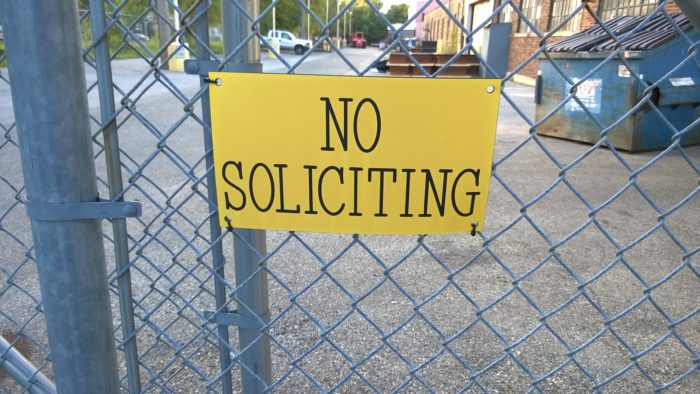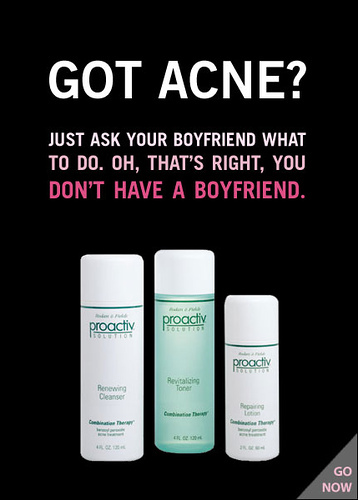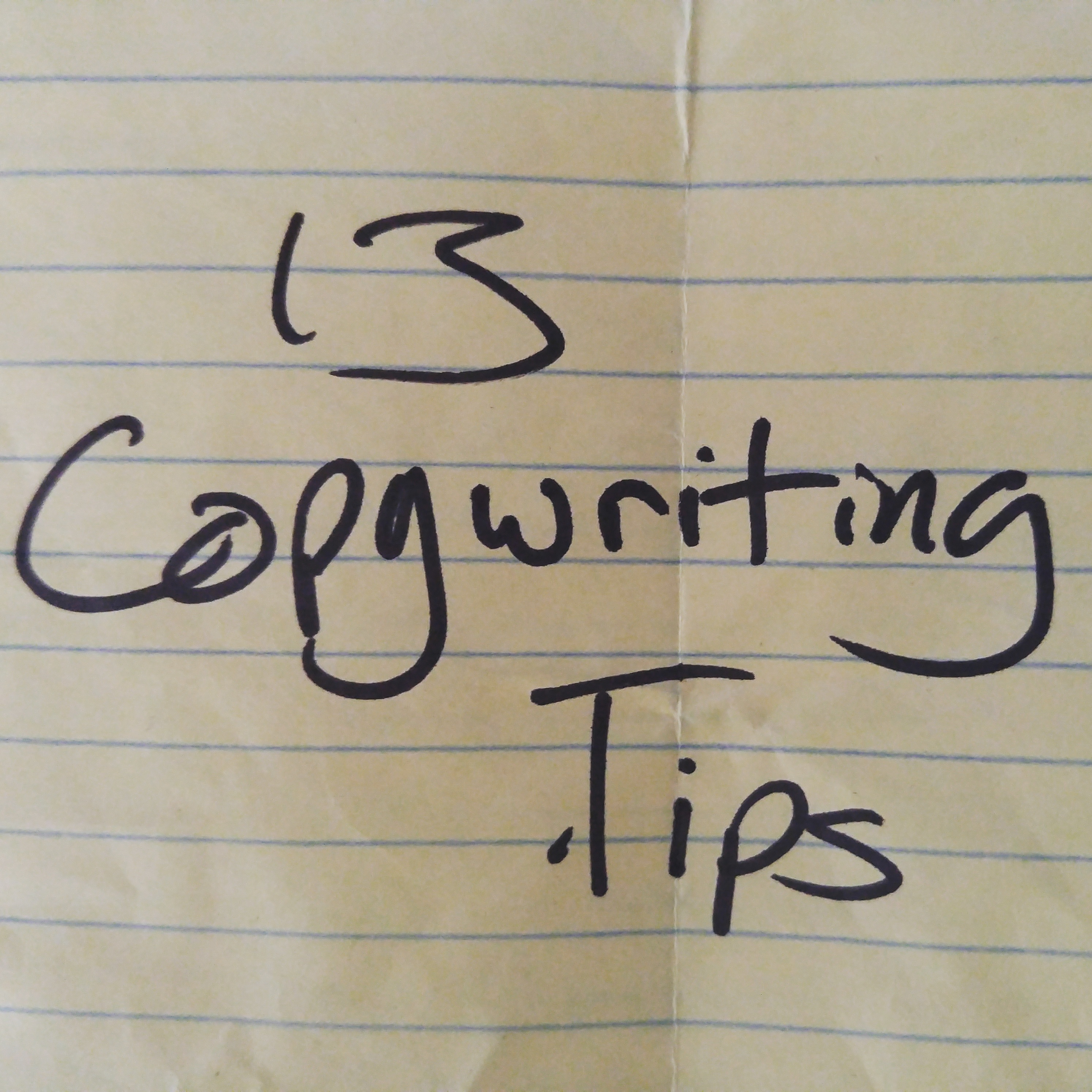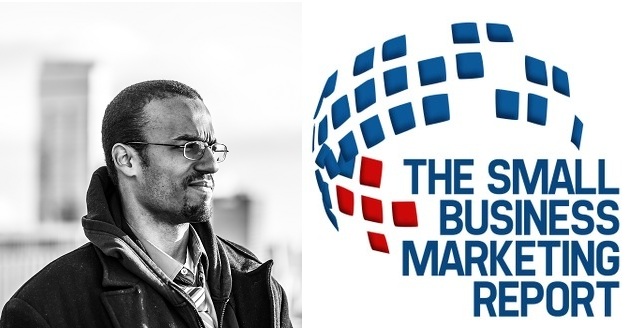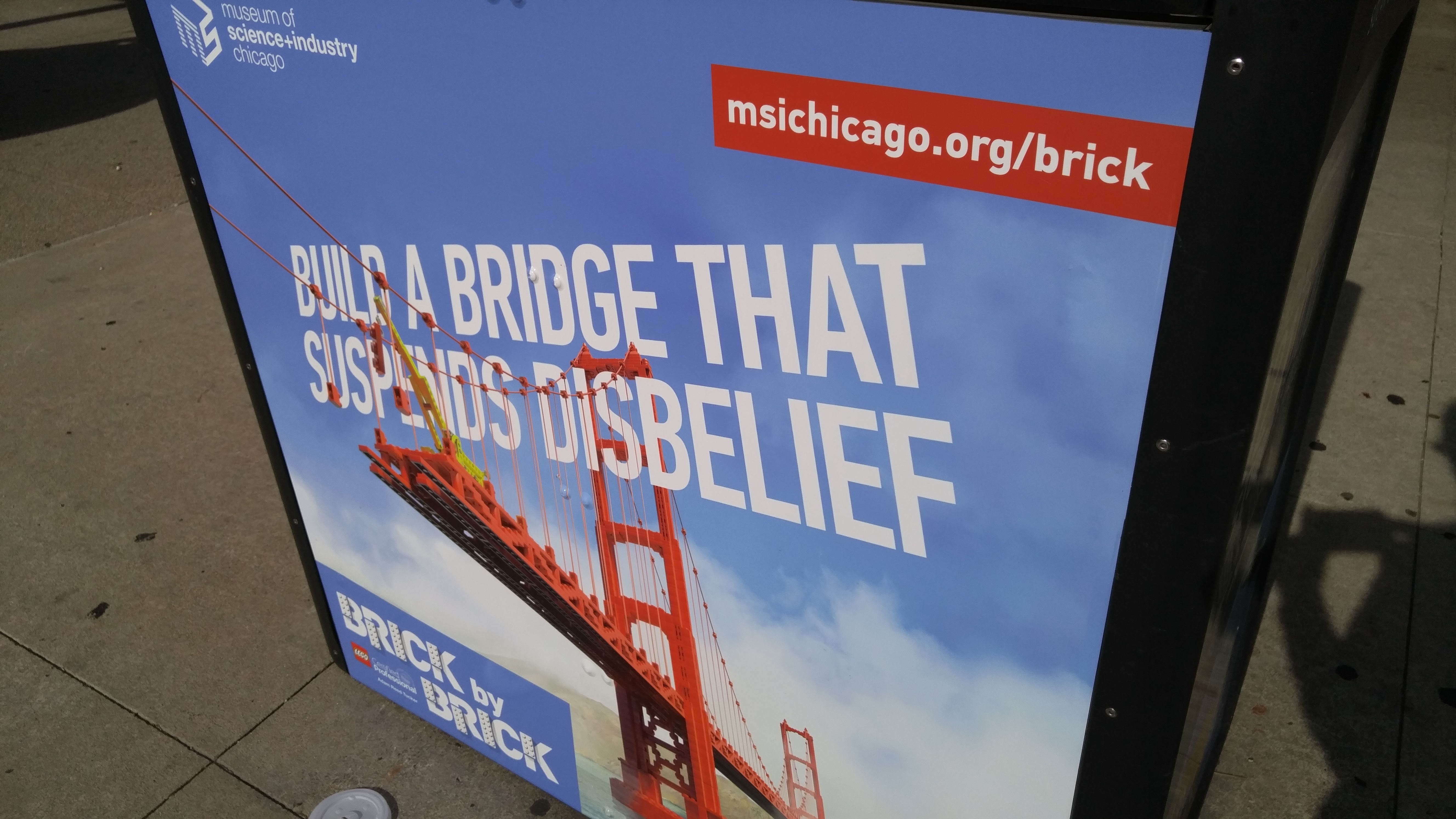What is the real power behind powerful USPs? How can you harness that power to craft a monster USP of your own?
Most entrepreneurs and marketers have a serious misunderstanding about USPs. Frankly, most teachers on the subject haven’t taught it correctly. But then again, most of them don’t understand what makes USPs really work, either.
Unique. Selling. Proposition.
As with so many other things in society, we’ve tried to make USPs tangible and mechanical. Scientific, even.
A+B=C
Target Audience + Problem + Solution = USP
“Hot pizza delivered to your door in 30 minutes or less – or it’s free.” (Am I the only one who’s tired of this example?)
In the process of making USP formulas, we’ve missed the point.
Despite the name, a USP isn’t good simply because it is unique. Customers don’t buy a product just because it’s different. They buy because it’s uniquely suited to fulfill a desire.
“Consumers have access to a multiplied and multiplying range of choices, so classic brand loyalty has been replaced by search for and expectation of the thing that is precisely, perfectly appropriate. The market for all manner of goods and services is greater than ever before. The attraction of wealth in this environment has little to do with somehow “locking up” a limited portion of a limited market and everything do with directly connecting with individuals and meeting their needs and interests.”
~ Dan Kennedy
A USP’s magnetic attraction comes from within the would-be buyer himself and from the product, service or company.
“We see people and things not as they are, but as we are.” ~ Anthony de Mello
Customers see your products as THEY are. Their desires and beliefs dictate how they perceive your business and your USP.
Now, I don’t want this to become some scholarly dissertation. I know you don’t want that either. So let’s make this clear and practical. News you can use.
This article is entitled The Belief-Based USP because belief is an essential element in getting people to take action, but the power of belief rarely makes it into discussions about what makes a strong selling proposition.
(Again, most people don’t understand this. That doesn’t mean no one ever stumbles into a compelling USP. Understanding what makes people do what they do gives you an immense advantage over you competitors, no matter how big and well-established they are.)
What You Need to Know
1) USP is a reality, not a goal or dream, not a clever-sounding statement. It is the underlying core of your offering.
For example, Tim Ferriss is the 4-Hour guy. He’s obsessed with finding shortcuts and productivity “hacks” to help his audience get better results quickly in various area of their lives. Regardless of the flack he gets, he’s world famous and known specifically for this personal USP.
When you think about Tim Ferriss, one thought automatically precedes all others: 4-Hours. He’s helped countless people (or so I’m told) improve their business and personal lives
The big question is, how did he get such a large group of people to believe his USP?
2) USP is a decision – or at least it should be. Decide what you’re going to do and who you’ll do it for/with. Then resolve to be world-class in that area.
“You must work extremely hard on what comes easy to you.” ~Jeffrey J. Fox
Harry Houdini dedicated his life to becoming the greatest escape artist and showman on the planet.
Domino’s decided to deliver pizza in 30 minutes – and they put their profits at risk if they couldn’t keep that promise.
3M really put their money where their proverbial mouth was when it came to their security glass. (Supposedly) $3 million dollars’ worth…
 Image from 3m
Image from 3m
The point? Your USP isn’t about what you say. It’s about what you do for your customers.
3) In conjunction with Point 2, you must decide who your ideal customer is in order to make a meaningful claims. No single feature or benefit appeals to everyone. When you have clarity about WHO you’re serving, you can
- get very clear about the most profitable use of your time and resources
- determine what products and services will be most valuable to them (and lucrative for you) and
- how and where to promote your offerings to be most effective.
If you don’t pick your audience, you run the risk of spreading yourself too thin and working on things that don’t matter much to anyone.
Why Negativity is Essential
What your business does is important. What it doesn’t do is probably just as important.
Peter Drucker once said that “Whenever anything is being accomplished, it is being done, I have learned, by a monomaniac with a mission.” Monomania is a crazed focus on ONE THING and the ruthless exclusion of anything else that would compete with or dilute that focus.
What are you maniacal about?
I think this is truly the most difficult lesson when it comes to finding your USP. Why? Because it takes clarity to know what you should focus on, courage to dedicate yourself to mastering that thing and conviction that you’ve chosen the right path. Any distraction is dangerous.
Examples:
Strategic Coach – you cannot become a member if you don’t have a personal income of $100K per year. Their organization works exclusively with high-achievers (defined by dollars earned).
FarmersOnly.com – the name says it all.
I’m a happily married man, but when I heard the jingle for FarmersOnly.com, I couldn’t help myself. I had to check out the website. The uniqueness of their angle took me by surprise. Competing in a very crowded space dominated by a few major players, FarmersOnly has a singular focus. The name itself tells you who their customers are – and who they absolutely will not help. The tagline (“City Folks Just Don’t Get It”) excludes a huge segment of the potential market. Just the way they like it.
The in-crowd psychology is powerful. When someone in the target audience sees their marketing materials, he instantly knows “this is the place for me.”
If there’s nothing you won’t do, and no one you won’t work with, what does that say about your business?
Belief and Your Ideal Customer
“We choose what we choose because we believe in it…
“Who we think we are is why we do what we do.
“We live in our stories, and we live according to them. We wear clothing and drive vehicles, which are consistent with who we believe we are and who we are trying to become. We chose relationships and information as ways of subconsciously validating our beliefs, to make us feel good about our points of view. Our treasured books and music embody us. Our closest friends are our kind of people.
“Ultimately, we expect to find meaning in our lives by editing our stories, by freely mixing and matching our decisions to create an authentic narrative that represents who we believe we are, to ourselves and to others.”
~Tom Asacker, The Business of Belief
People buy products, join memberships, read emails, etc., because of their beliefs. What does your potential client believe about…
- himself – What kind of person does he see himself as? How does he want the world to see him? What does he aspire to be?
- you and/or your business – What kind of experiences has he had with you up until now. How have you positioned yourself in the marketplace? What kind of reputation do you have?
- your industry in general – Does he trust doctors implicitly or fear Big Pharma has tainted everything? Does he think all coaches are quacks?
- similar products/services – Is this his first experience with a product in this category? Has he been burned by previous purchases? Has he been frustrated about NOT being able to find a solution? Have you created a brand new category? What is he already familiar with that he will associate you with?
- what’s possible and impossible – What ideas have been drilled into their brains by education, society and the media? If you’re making unique claims, you’ll need some proof to substantiate them.
How does working with you fit into his “story”? Do the values you represent resonate with his values and beliefs? Do your claims inspire the desire to believe?
You can see why it’s easier and more convincing to choose a well-defined target market! According to The Business of Belief (quoted above):
“We hunger for direction and inspiration. We want what’s important to us to get better – our bodies, work, home and relationships. We want to imagine ourselves transforming our lives and the lives of others. We want to feel good about our evolving narratives. It’s why we read books, scan the Internet, and flip through magazines. We’re looking for the before and after stories. We want to feel the pull of possibility, of moving beyond our existing reality…People are drawn across the bridge of belief by their anticipation of a better experience and a better life. Effective leaders ignite people’s imaginations by painting vivid, compelling, and personally relevant pictures – ones that move them.” ~ Tom Asacker
Does your USP do that? Does your favorite USP formula show you how to do that?
Practical Path to a Belief-Inspiring USP
A great USP makes an ideal prospect want to believe. It connects with a specific desire and offers a glimmer of hope that he’ll get it.
To put it simply and succinctly, a powerful belief-based USP promises to produce a specific result your ideal customer really wants, then offers evidence to make it easy and safe to believe.
Here’s how you get started:
Stay focused on your ideal customer’s desires, not so much on your own “uniqueness.” Of course, you have to offer something valuable. But you might be surprised how often products with no real uniqueness perform remarkably well in the marketplace.
Example: Beats Audio devices. Marketed as the handiwork of legendary hip hop producer Dr. Dre (the proof element), these headphones and speakers promise to let you hear music the way the artists intended for it to be heard.
Are they the best headphones available? That’s arguable. But many music lovers have paid between 2 and 10x more than they would for other headphones with the hope of experiencing the difference.
Beats devices have since become a status symbol and fashion accessory, broadcasting to the world how much the wearer loves music.
Have the courage to stand for something meaningful to your target audience. Be an advocate and champion for that cause.
“Music deserves to be heard this way! If you care about music and the artists that create it, how can you settle for hearing a distorted version through those ‘other’ headphones?”
Or in the case of Evernote:
“You’re busy, always on the move. Capture everything, organize your thoughts, ideas and notes beautifully and securely (much better than scribbling on crumpled napkins) and keep on moving. You’re smarter and more productive that way.”
Be specific. Generalized statements don’t move anyone.
Be bold. Under-promising is marketplace suicide.
Tom Morkes’s website homepage says this: “In the past 12 months, I’ve launched 6 books to bestseller, generated over 48,000 in first week book sales, and tens of thousands in book launch revenue. Want to see how I did it?”
For any author who’d like a successful book launch, this promise seems irresistible – especially when he finds out Morkes also offers a free e-course on the same topic.
Share your “reason why.”
“Given our goal of achieving a strong relationship with the prospect, it’s vital to know what the inner layer is…shared values are the foundation of strong relationships.“ ~ Jim Signorelli, StoryBranding
Why do you care about the work you do? Why do you want to work with your target audience? What makes you think you’re “their kind of people?”
Offer “proof.”
Back up your claims with evidence. With Beats Audio, Dr. Dre is the proof element. He’s a well-known and respected music producers and cultural icon.
Testimonials, endorsements, reviews, media appearances, certifications, awards, etc., make it easy for the brain to rationalize the desire and strengthen the hope that the promised results are forthcoming.
Remember, these are supporting elements. You’re not bragging, but reassuring your buyers.
“The desire to believe is a little-understood, extremely powerful force that, when consciously and deliberately harnessed, can lift an ordinary man or woman to great heights of influence, fame and fortune, and fuel the growth of a business like nothing else.
“…providing reasons to believe is a rather ordinary, commonly understood exercise in persuasion, but it is ‘low power’ unless and until it is paired with an inspired desire to believe.” ~ Dan Kennedy
–Postscipt–
“People will do anything for those who encourage their dreams, justify their failures, allay their fears, confirm their suspicions and help them throw rocks at their enemies.
“…Here’s what’s missing: YOU.
“There isn’t a word about your wants, your needs, your hopes or your concerns. There isn’t a word about your offer or proposal. There isn’t a word about what you think. It is all about the other person.
“…People write books about how to frame your ideas, how to present yourself, how to ‘put your best foot forward.’ And yet, all that people really care about is themselves. Can you imagine how much energy you will free up if you stop focusing on yourself and put your attention on other people? Can you even imagine how much more charismatic you will become when you come to be seen as the one who can fulfill some of their most basic emotional needs?
“… there is one thing you can count on: your family, friends, customers, clients and even everyone you have yet to meet will have these needs met by someone. The only question is, will it be by you?” ~ Blair Warren
Don’t forget to check out the flipside of this coin, the Disbelief-Based USP.



